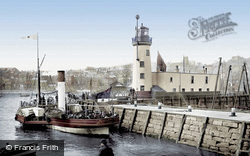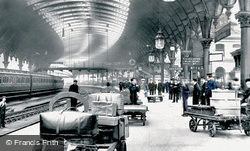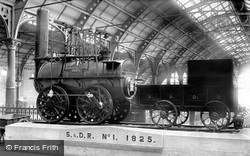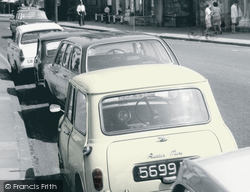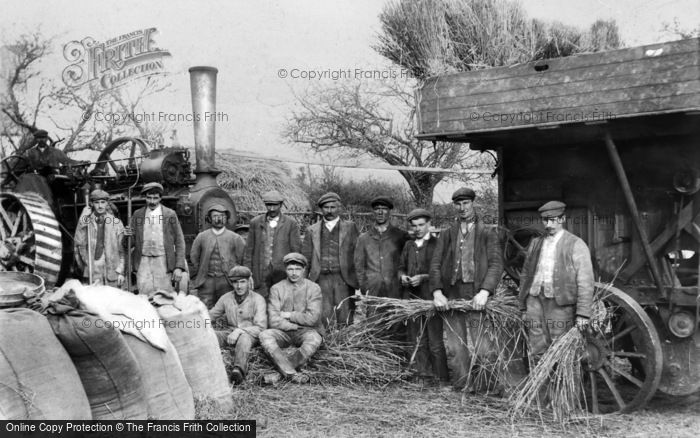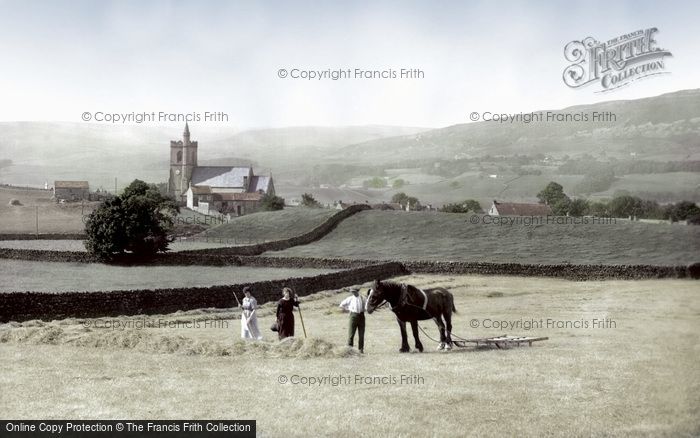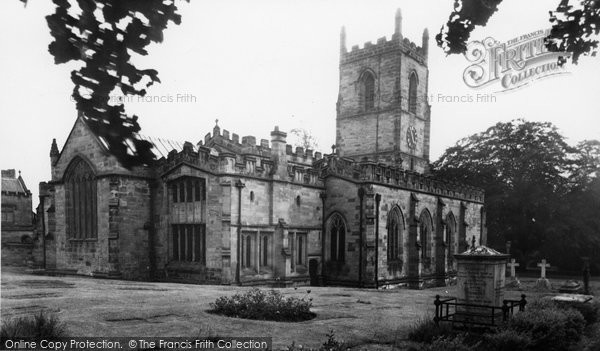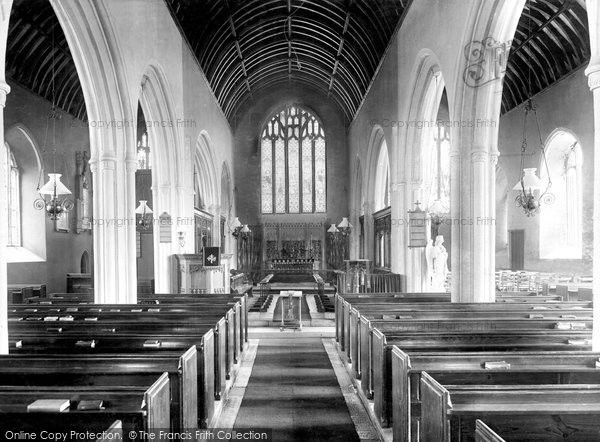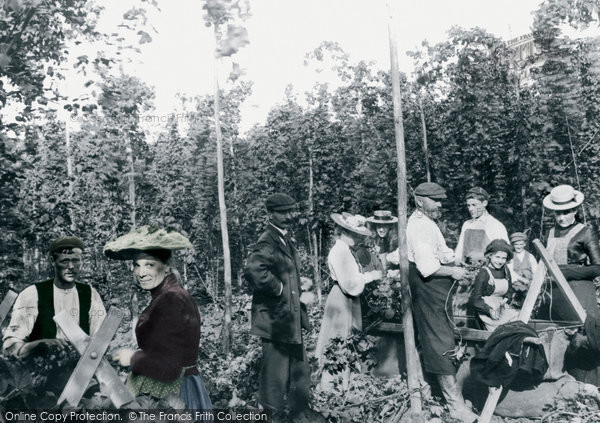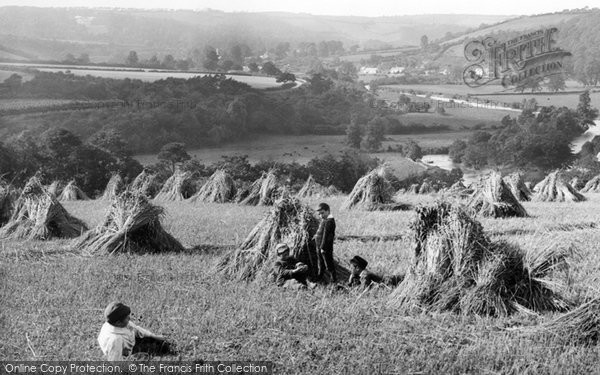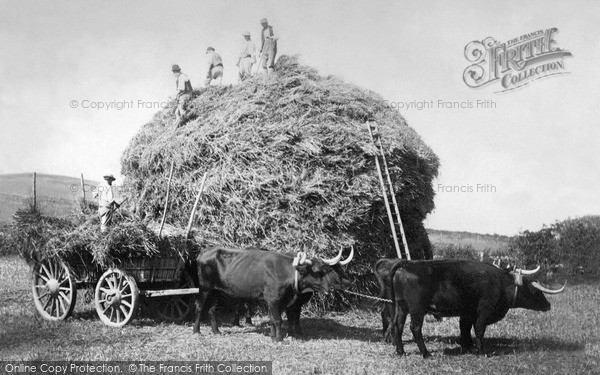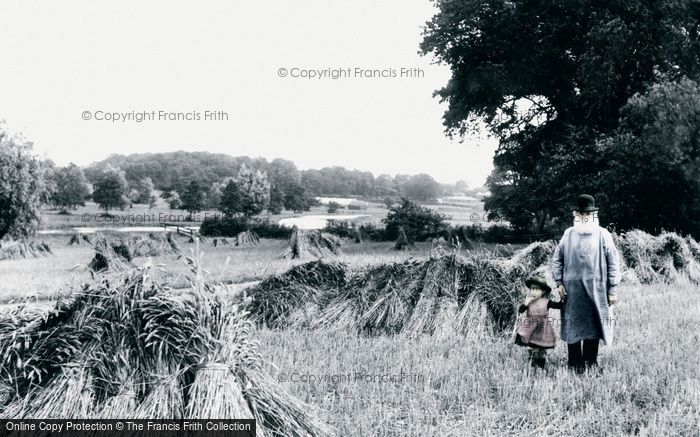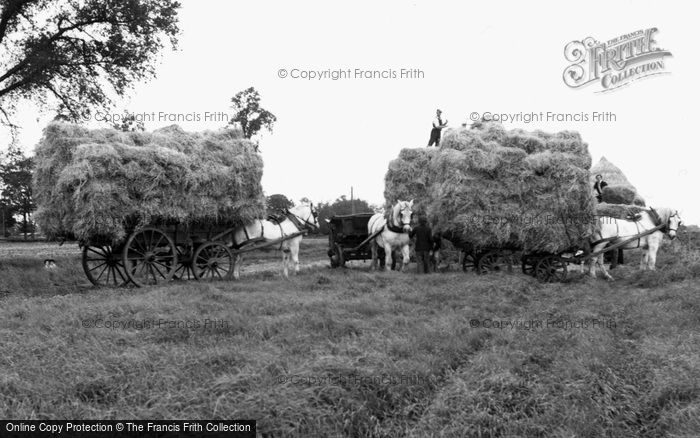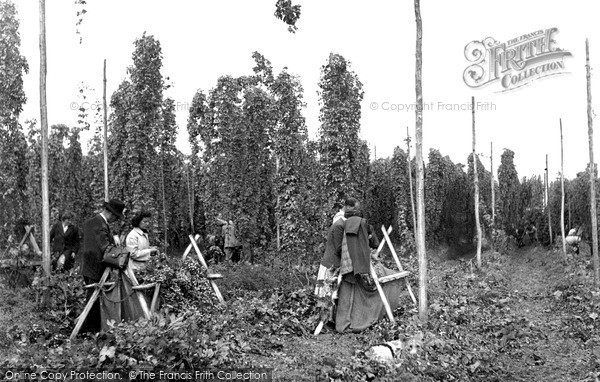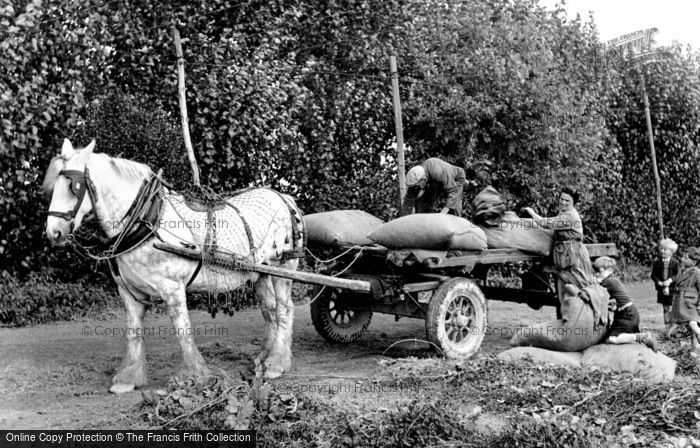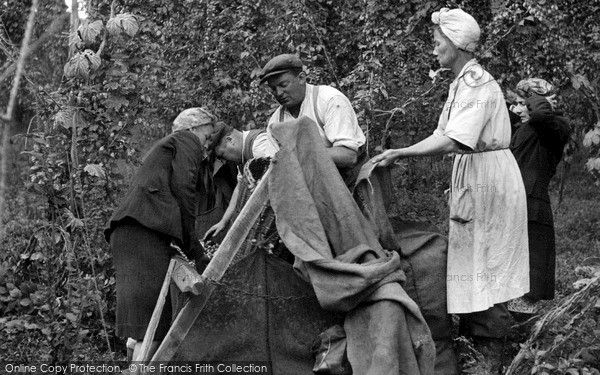Search the Archive
Explore all the places you remember!
Subscribe
Join the thousands who receive our regular doses of warming nostalgia! Have our latest blog posts and archive news delivered directly to your inbox. Absolutely free. Unsubscribe anytime.
Say Hello!
How to keep in touch with us.Bringing in the harvest
Published on September 7th, 2023
"Now harvest's done and ended, the corn secure from harm,
All for to go to market, boys, we must thresh in the barn.
Here's a health to all you farmers, likewise to all you men,
I wish you health and happiness till harvest comes again."
This charming verse is from a traditional song called 'The Reaphook and Sickle'. In our nostalgic blog post we celebrate the season of harvest with a selection of our photographs and your memories about this special time of year in UK countryside communities.
Photo: Hawes, Haymaking 1924.
"Still on my travels on Memory Lane I browsed past St Helens. Harvest Festival seemed to be an exercise in pyramids of tins of things your mum didn’t need urgently. The Mayans would have been proud of our ironically, heathen ziggurats of Spam, tuna, pineapple chunks, and fruit salad!"
Photo:
Ashby De La Zouch, St Helen's Church c.1955.
Memory:
Christmas Is Coming
"This brings back memories of wonderful vegetable, fruit and bread arrangements at the Harvest Festivals. I attended the old primary school from 1955 to 1961."
Harvest Festivals at All Saints Church in Marlborough remembered by Jill Adair."
Photo:
Malborough, All Saints Church 1927.
Memory:
Harvest Festivals
Photo: Goudhurst, Hop Pickers 1904.
"My abiding memory is of the harvest festival service when all the village children would arrive at Sunday school with fruit and veg which would be auctioned off afterwards. My father and grandfather were farmers, farming Woodburn Farm and Mill Hill Farm, so it would not be unusual for myself and brothers and sisters to turn up carrying sacks of produce which we bid for, much to the consternation of our parents."
Thank you to Colin Walker for this memory of his childhood in Middleton, Lancashire."
Memory: Middleton Methodist Chapel My
"I remember the Harvest Festivals of my childhood in the 1950s, which were held in the Methodist Chapel. Women of the village spring cleaned the chapel before decorating it with produce, flowers and greenery. The displays were splendid, and central was the produce around the pulpit - this was added to with the children's baskets given during the festival. The chapel would be full and voices and organ belted out the traditional hymns - 'Come ye thankful people, come' and 'We plough the fields and scatter'. We were a farming community so this really meant something. On Monday night this was followed by a sale of the produce and baskets. The items were auctioned off, and half way through the proceedings we would stop for a break - it was then that the sausage rolls and cream horns were brought out. Maud Pollyn had originally made these, and then her daughter Phyllis took over - tray loads were made - and they were very good! The first ones were auctioned to set the price (a very generous one) and then the rest were sold and eaten. Then it was back to business. The climax of the sale was the children's baskets - whose would make the most? Happy days."
Memory: Harvest Festival
Hop Picking
"Paddock Wood, in particular Beltring, the home of the famous Whitebread Oasts, was the centre of the Hop Gardens of Kent.
The Gardens were set out with rows of elevated wire tressles which were supported at intervals by poles. In the spring, from each hop plant, which was cut back to ground level every year, the shoots were trained up, known as "twiddling". A new hop twine which was tied to a metal hook in the ground up to the overhead wire. There were usually four shoots per plant. By midsummer's day the shoots would reach the wire and flop over the top. In early September the hops would be ready for picking.
Hop picking in Kent was carried out mainly by London families that came down for a working holiday. Some farms had hop pickers' huts in the Hop Gardens for the use of these families. Some families used to bring their own wallpaper to make it their own "home". Cooking and heating water was carried out on a wood fire outside. Paddock Wood even had its own "Hop Pickers Hospital".
Where we went Hop Picking, where I lived in Southborough near Tunbridge Wells, was a farm called Nightingale Farm and the farmer's name was Mr Podmore. This was a much smaller enterprise than Paddock Wood, being a "mixed" farm. Every morning at 7.30am we would walk through the fields to Vauxhall Lane pushing an old pram with the kettle and the day's food. The start of the day's picking was signalled by the farm foreman shouting "pull binds". Hops were picked into bins made of two poles from which a sacking "cradle" hung. The poles were supported on crossed wooden legs at each end of the bin. Some families had whole bins others less prolific had "half a bine" shared with others. The bin was divided down the middle with a sacking partition.
By the time the hops were ready for picking in September, the hop twine was almost rotten and all that was required was a good tug to release the bine from the top wire. Sometimes you would find a big hair caterpillar on the bine, we called these "Hop Dogs".
Every day Mr Podmore the farmer would come round with the Farm Secretary and the Farm Foreman to measure your hops. If you had "dirty hops" - leaves and stalks in with the hops - he would shout out "dirty hops" and pass you by. He would measure out your hops with a wicker "bushel" basket and you were paid at so many pence per bushel. As he measured them out he would shout "one- a, two-a, three-a" etc and the secretary would note your tally for the day. The hops were measured out into big sacks called "pokes" which the forman would hold whilst Mr Podmore measures out the hops. The pokes were filled until they were almost solid, and then loaded onto a flat horse drawn cart. They were then taken off to the Oast House where they were dried over a charcoal fire.
Lunchtime was signalled by a shout from the foreman - "dinnerrrr". Our lunch would consist of assorted sandwiches and my Mum's meat pie (with a short-crust pastry - often undercooked towards the centre!) followed by apple pie made with the same pastry! and a cup of tea. The tea was brewed in a black kettle, kept for the occasion, which was stood on two bricks with a fire of dry hazel twigs in between the bricks.
The end of the day was signalled by "stop pickingggg!" from the foreman. Home was a trek across the fields with the pram and a good wash to try and get the hop smell and stains off your fingers. I always remember that smell when years later I lived at Goudhurst (which was also in the heart of vast number of hop gardens), going into the village shop - Burges Stores - on a Saturday afternoon after the pickers had been in for their shopping, and being overwhelmed!"
Photo:
Paddock Wood, Measuring The Hops c.1950.
Memory:
Hop Picking
Perhaps you'd like..?
If you liked our "Bringing in the harvest" Blog Feature, you might like to see and follow this Francis Frith board over on Pinterest.
Subscribe
Join the thousands who receive our regular doses of warming nostalgia! Have our latest blog posts and archive news delivered directly to your inbox. Absolutely free. Unsubscribe anytime.



